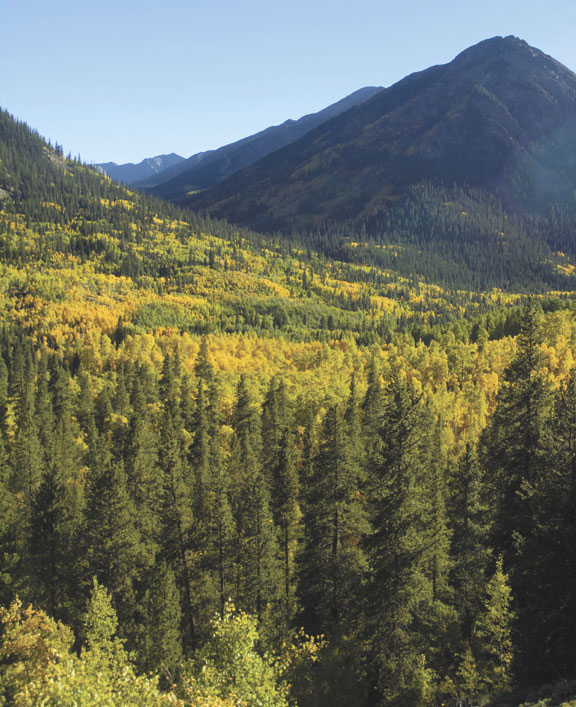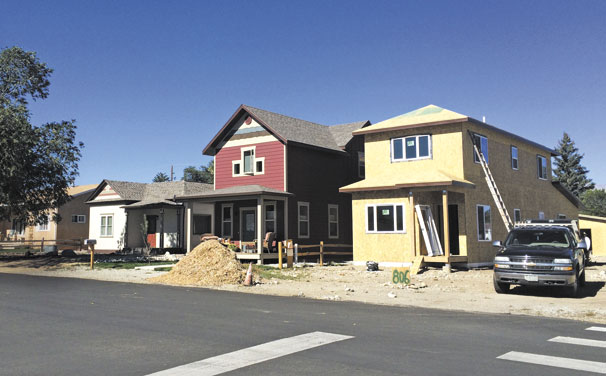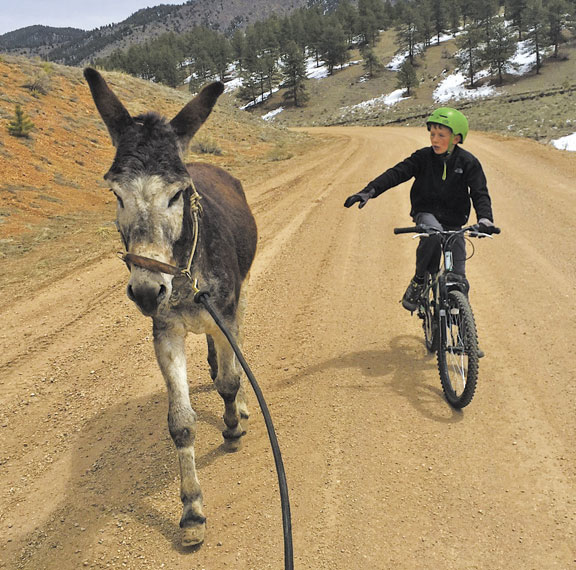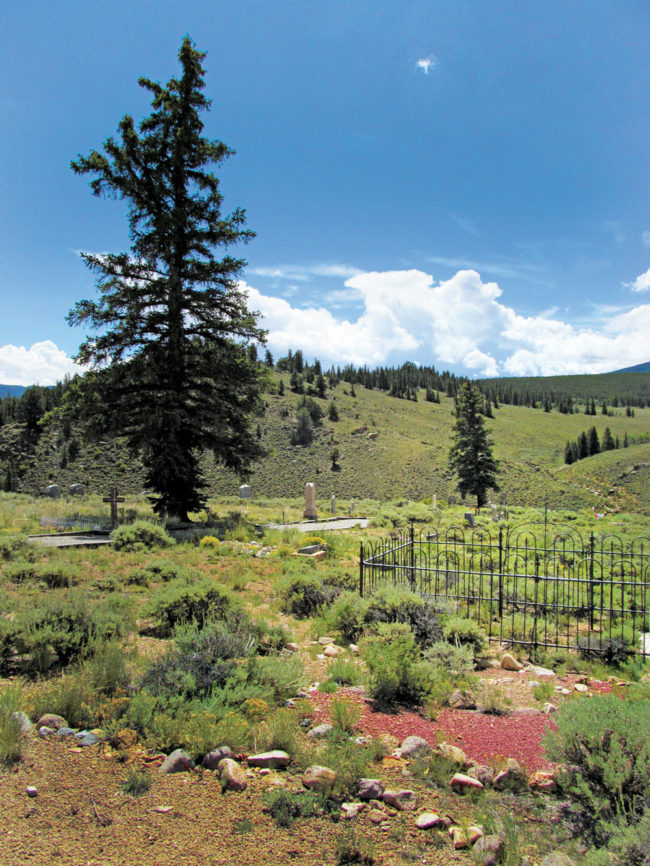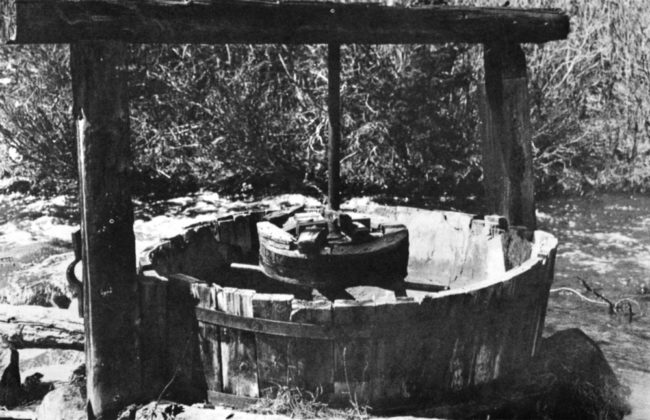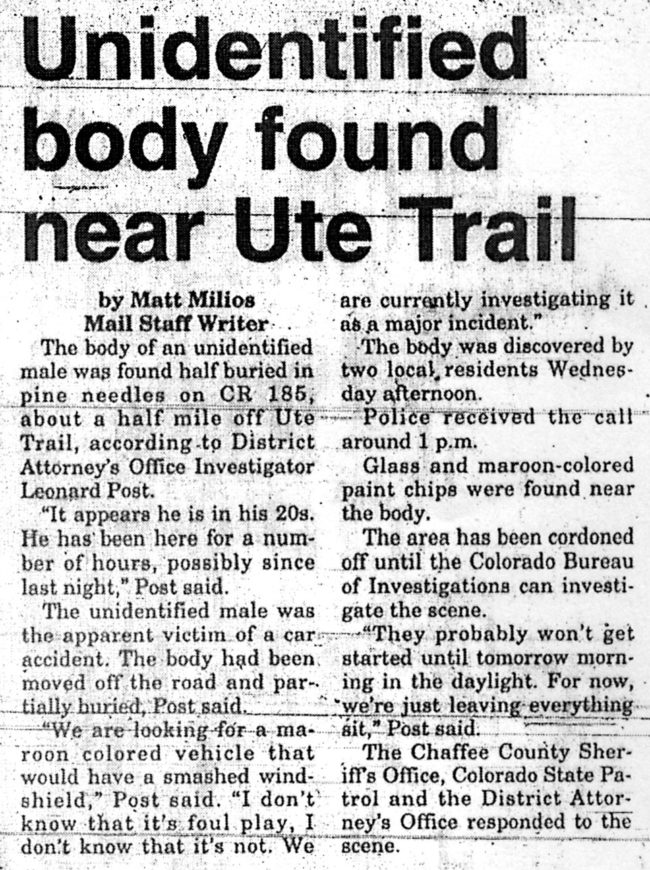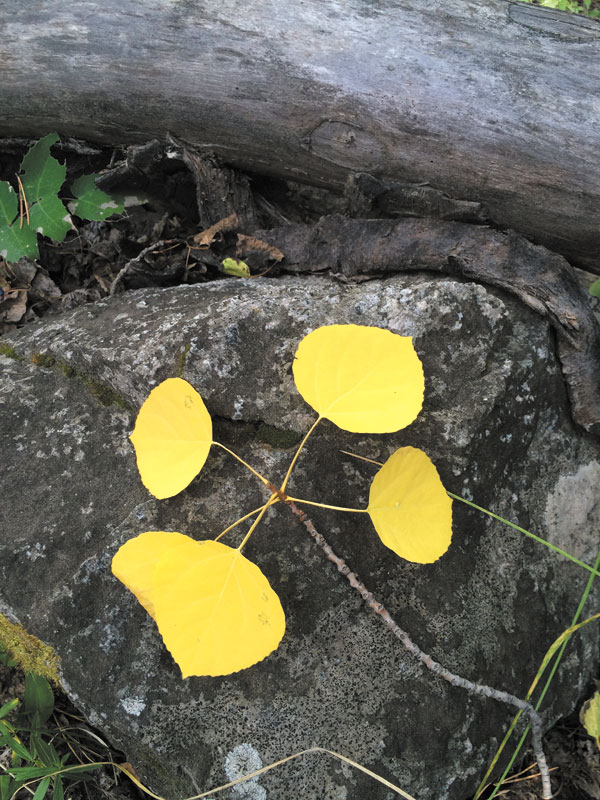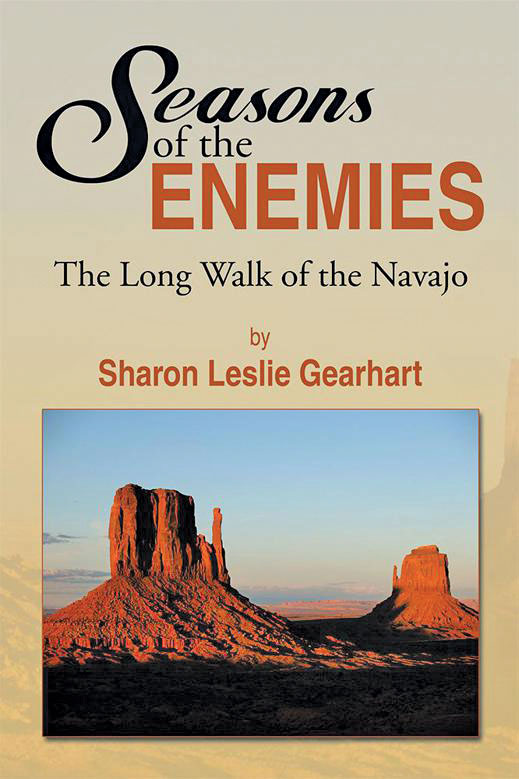By Mike Rosso
It’s a pattern repeated throughout Colorado; a small town gets “discovered,” thus becoming a magnet for retirees, lone eagles, trust funders and those simply looking for a quiet place in the mountains.
Naturally, these folks need someplace to live, so the demand for housing goes up. But what if the supply does not keep up with the demand? This usually leads to inflated prices for real estate and rental properties.

